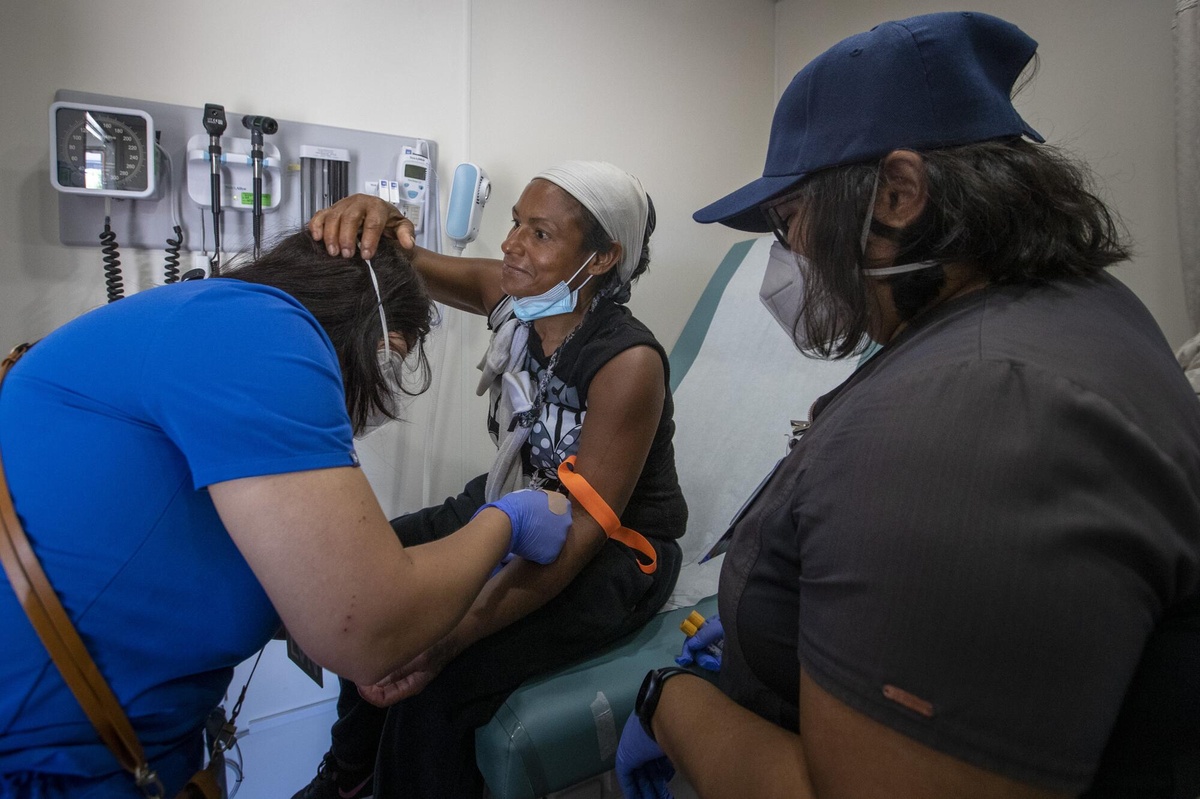Physical Address
304 North Cardinal St.
Dorchester Center, MA 02124
Physical Address
304 North Cardinal St.
Dorchester Center, MA 02124

Today, Governor Gavin Newsom signed off on $2.8 billion in emergency funds to keep California’s Medicaid program—Medi-Cal—running through June 2025. The funding patch comes as the state faces a $6.2 billion shortfall, largely tied to its January 2024 expansion of coverage to all low-income adults, including undocumented immigrants.
Takeaway: California is doubling down on universal healthcare—but the budget pressure is real.

California now spends $9.5 billion annually to cover newly eligible adults under Medi-Cal. That’s $3 billion more than initial projections. About $2.7 billion of the shortfall is linked directly to undocumented immigrant enrollment, which exceeded expectations.
Add in soaring pharmacy costs and an aging population—and the numbers climb fast.
Takeaway: Costs skyrocketed faster than the state planned for.
Newsom defends the move as a long-term cost saver, pointing to preventive care and reduced ER visits.
Critics—including Republican lawmakers—call it unsustainable, especially with federal Medicaid cuts on the table.
Despite the tension, Democratic leaders say they won’t roll back coverage.
Takeaway: The fight isn’t just about math—it’s about policy priorities.

California’s Medicaid funding partly depends on Washington.
With Trump-era immigration policies resurfacing and GOP-led efforts to shrink Medicaid, federal support could shrink—adding more stress to California’s budget.
Takeaway: What happens in D.C. could make or break this plan.
Here’s what’s been spent or approved so far:
Takeaway: It’s a multi-front spending surge—drugs, age, and enrollment all play a role.
Officials warn the current spending is “unsustainable” beyond 2025–26. Cuts or adjustments may be coming. But for now, the state’s universal coverage experiment continues.
Takeaway: California is committed—for now. But the long-term math needs work.
The $2.8 billion stopgap keeps Medi-Cal afloat—for now. But with rising costs and political risks, California’s push for universal care faces a tough financial road ahead.
Daily News. No B.S. No Fluff. Just What You Need to Know.